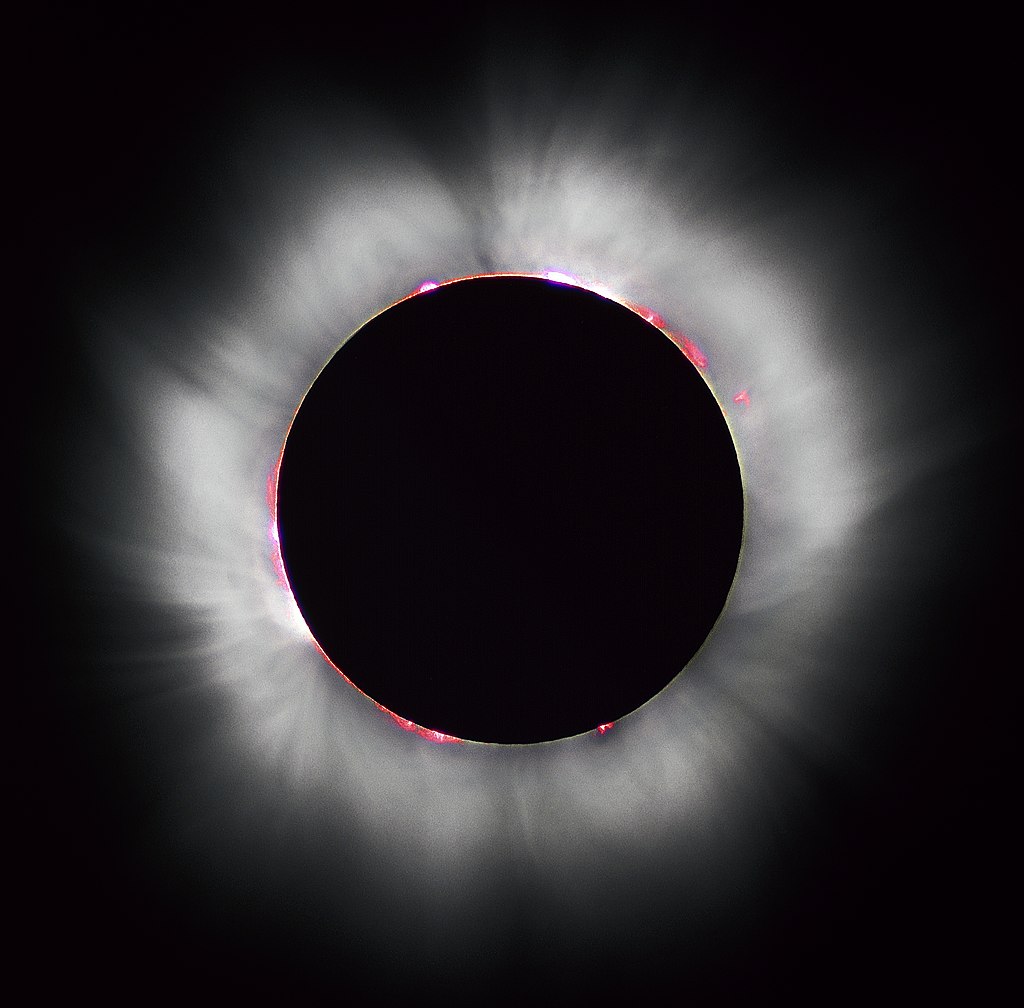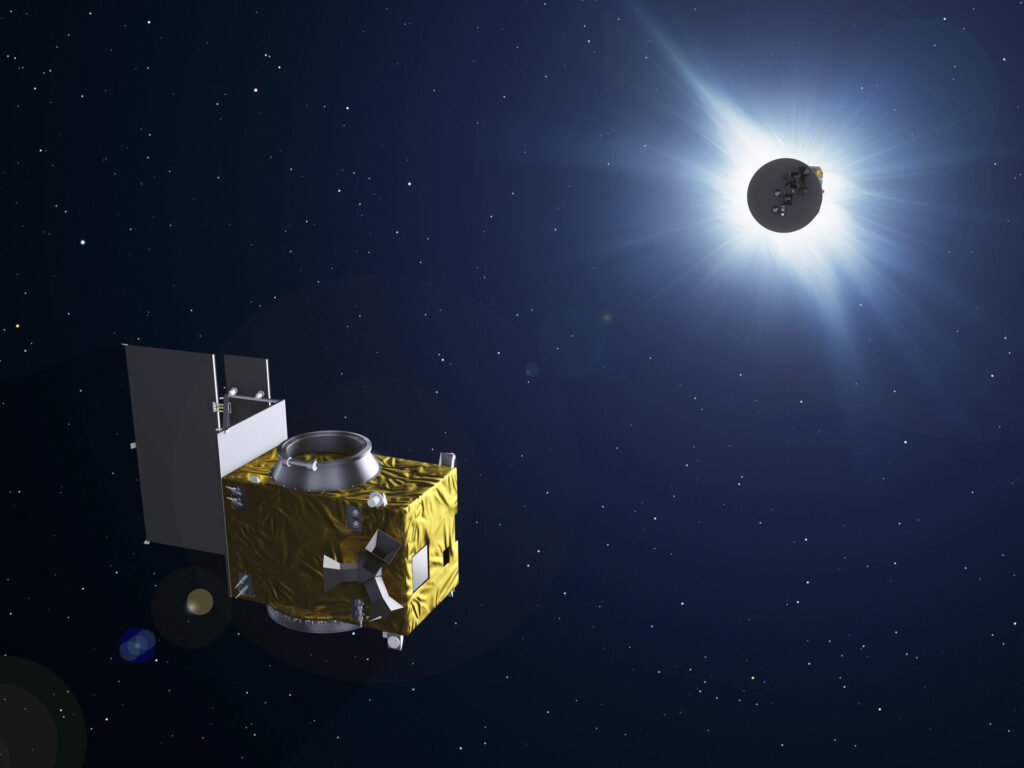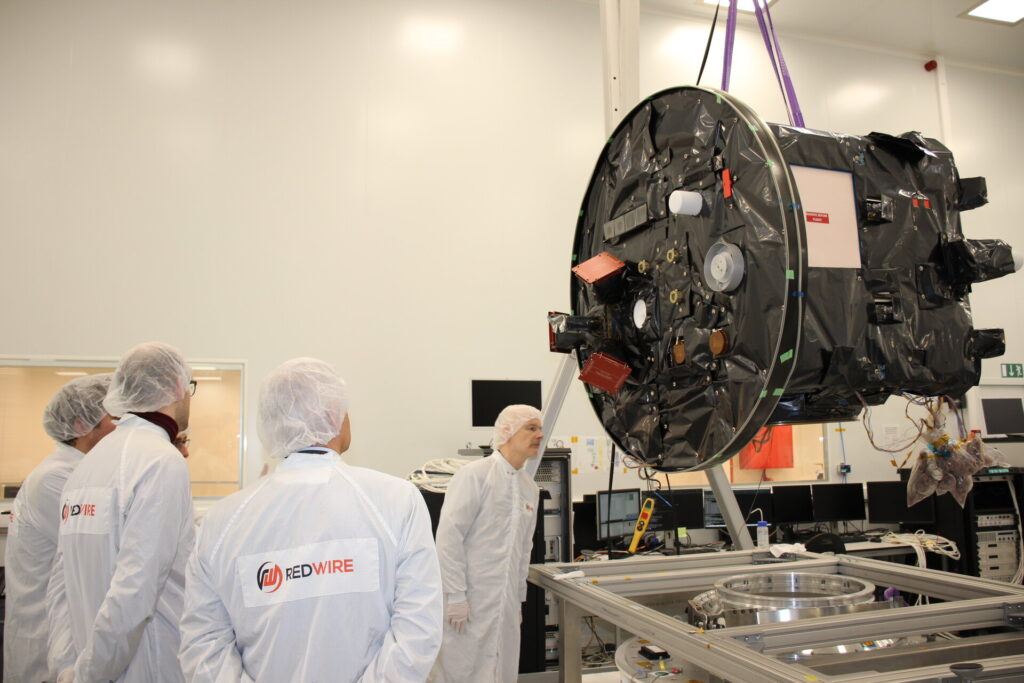European engineers have completed the assembly of a pair of Proba-3 satellites. In the near future, they will undergo a series of tests, after which they will be prepared for the launch scheduled for next year.
How to see the solar corona
The main task of Proba-3 is to study the solar corona. This is the name of the outer, rarefied and hottest layer of the solar atmosphere, which has a temperature of millions of degrees (for comparison, the surface temperature of our star is “only” six thousand degrees).

Studying the corona is quite a difficult task, because astronomers need to somehow “remove” the Sun itself. Total eclipses are well suited for this, but, unfortunately, they occur very rarely. Therefore, astronomers use an instrument called a coronagraph, which covers the solar disk. However, even the most advanced chronographs still have a blind spot that does not allow to see what is happening in the immediate vicinity of the Sun.
“Artificial Moon” for studying the Sun
Proba-3 is designed to solve this problem. The essence of the concept is that one of the spacecraft will play the role of an “artificial Moon for the other”. After entering orbit, the satellites will disperse at a distance of 144 meters (their position relative to each other will be controlled with an accuracy of millimeters). The first device will cover the Sun for the other, which will give it the opportunity to observe the inner layers of the corona.

The Proba-3 satellites were built by the Spanish company SENER, while the Liege Space Center was responsible for the scientific stuffing. Their total weight is 550 kg. They are currently in the clean room of the Redwire Space company in Belgium. In the near future, engineers will start testing the devices. They will undergo a series of vibration, acoustic and thermal checks designed to certify the readiness of satellites to withstand launch and conditions of stay in interplanetary space.

After the completion of the four-month test program, the spacecraft will be sent to India. They are planned to be launched on a PSLV rocket in 2024. The satellites will be stretched into a very elongated near-Earth orbit with a perigee of 600 km and an apogee of 60,530 km. According to the developers, this will reduce the impact on them of the gravity of our planet and the light reflected from its surface.
According to https://www.esa.int
Follow us on Twitter to get the most interesting space news in time
https://twitter.com/ust_magazine

